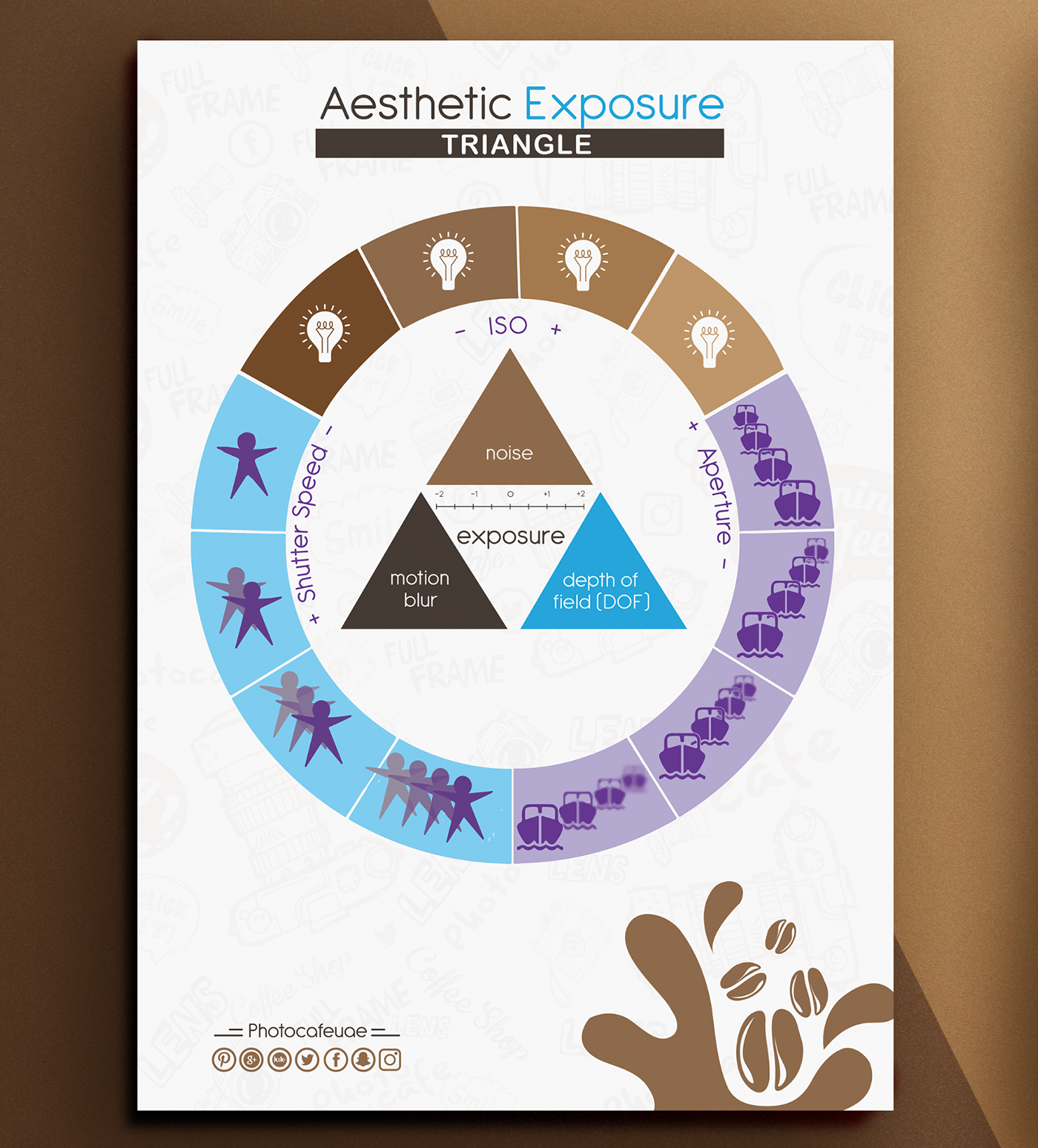What Every Professional Photographer Needs To Find Out About Illumination
What Every Professional Photographer Needs To Find Out About Illumination
Blog Article
Material Composed By-Rogers Brady
As a digital photographer, you know that lighting can make or break your images. Recognizing the nuances of both all-natural and synthetic light is essential for recording the state of mind and quality you go for in your job. Whether you're chasing the ideal golden hour radiance or tweak your fabricated setups, mastering these aspects can elevate your photography dramatically. But there prevail challenges that numerous neglect, and identifying them can transform your method to every shoot. Allow's discover what you may be missing and just how it can affect your outcomes.
Comprehending Natural Light
Recognizing natural light is crucial for any kind of digital photographer looking to boost their job. It's the structure of wonderful photography, influencing mood, tone, and clearness. When you fire outdoors, pay attention to the time of day. http://garrett05leo.xtgem.com/__xt_blog/__xtblog_entry/__xtblog_entry/37575837-open-your-mind-to-a-world-of-cutting-edge-photography-concepts-that-challenge-conventions-and-inspire-imagination-disclosing-a-brand-new-dimension-of-your-imaginative-vision?__xtblog_block_id=1#xt_blog -- quickly after sunrise and prior to sunset-- uses soft, cozy light that can change common scenes right into sensational photos.
Do not undervalue the power of overcast days. Cloud cover diffuses sunlight, creating a soft, also light that's excellent for portraits and macro digital photography. You'll locate shades pop in this type of illumination without rough shadows.
Placing matters, too. Always consider your topic's orientation to the light source. If the sun's behind your topic, you might wind up with a silhouette, which can be remarkable yet mightn't be what you want. Conversely, direct sunlight can develop uncomplimentary shadows.
Explore angles; in some cases, changing your point of view can produce outstanding outcomes. Use natural reflectors, like water or sand, to jump light onto your topic, including dimension.
Learning Artificial Light
Grasping fabricated light is essential for digital photographers who wish to take their skills to the next degree. Whether you're using speedlights, workshop strobes, or constant lights, understanding just how to adjust these resources can considerably boost your images.
Beginning by acquainting yourself with the fundamentals of light high quality, direction, and shade temperature. Experiment with various modifiers like softboxes, umbrellas, or grids to control the gentleness or cruelty of the light.
You'll discover that soft light frequently produces complementary results, while harsher light can add dramatization and depth. https://www.extremetech.com/computing/301576-how-to-choose-a-cloud-service-for-your-mobile-photography avoid shadows; they can enhance the three-dimensionality of your subjects.
Pay very close attention to the positioning of your lights. A light positioned as well close to your subject can develop uncomplimentary outcomes, while as well away can lead to a lack of information. Make use of a light meter or your cam's pie chart to ensure you're exposing correctly.
Finally, remember that artificial light can be mixed with ambient light for creative impacts. Balancing these sources may take practice, once you master it, your digital photography will genuinely beam.
Techniques for Various Circumstances
When you step into various capturing scenarios, adjusting your lights strategies is important for capturing the very best pictures. For outdoor pictures, make use of the golden hour-- morning or late afternoon light-- to soften darkness and enhance complexion.
If https://squareblogs.net/mikki925lashaunda/open-the-secrets-to-locating-the-ideal-cam-for-your-requirements-however 's a rough midday sunlight, take into consideration utilizing a reflector to jump light back onto your subject or seek shaded locations for a much more even direct exposure.
In low-light situations, like indoor occasions, enhance your ISO and make use of a large aperture to allow in even more light. A tripod can help get rid of camera shake, allowing for longer direct exposures without blurring.
If you're shooting at evening, explore off-camera flash to produce vibrant illumination and deepness in your images.
For photo studio near me , make use of diffused illumination to stay clear of harsh representations. Softboxes or light outdoors tents can assist attain this effect.
When photographing landscapes, take into consideration the instructions of light and time of day, as it can drastically change the mood of your shot.
Constantly be ready to readjust your setups and placing based on the situation, as adaptability is vital to understanding lighting in digital photography.
Final thought
In conclusion, grasping lighting is key to boosting your photography skills. Embrace natural light's beauty throughout gold hour, and don't shy away from trying out man-made light methods. By adjusting your strategy to different situations, you'll capture spectacular images that reverberate with feeling and clearness. Keep in mind, the right lights can change an ordinary shot into something amazing, so keep exercising and improving your understanding of both natural and artificial light. Happy capturing!
